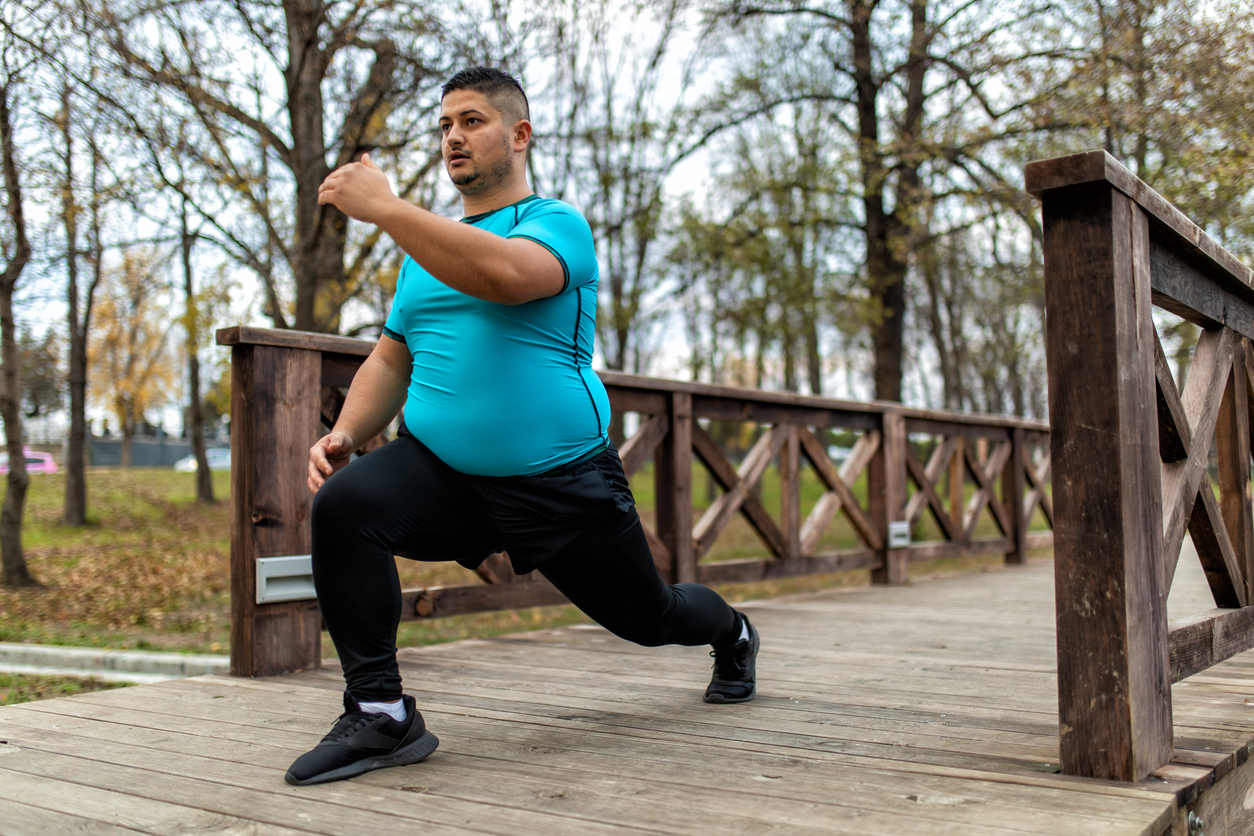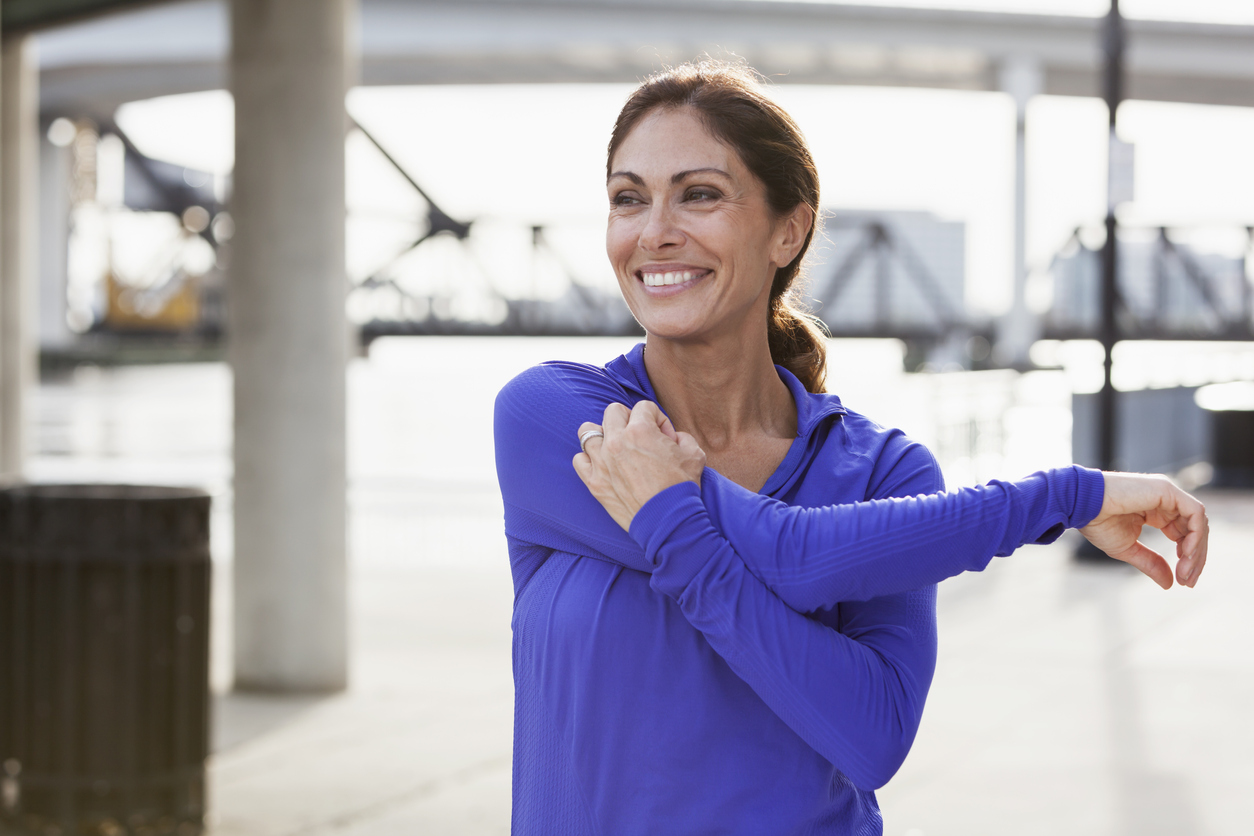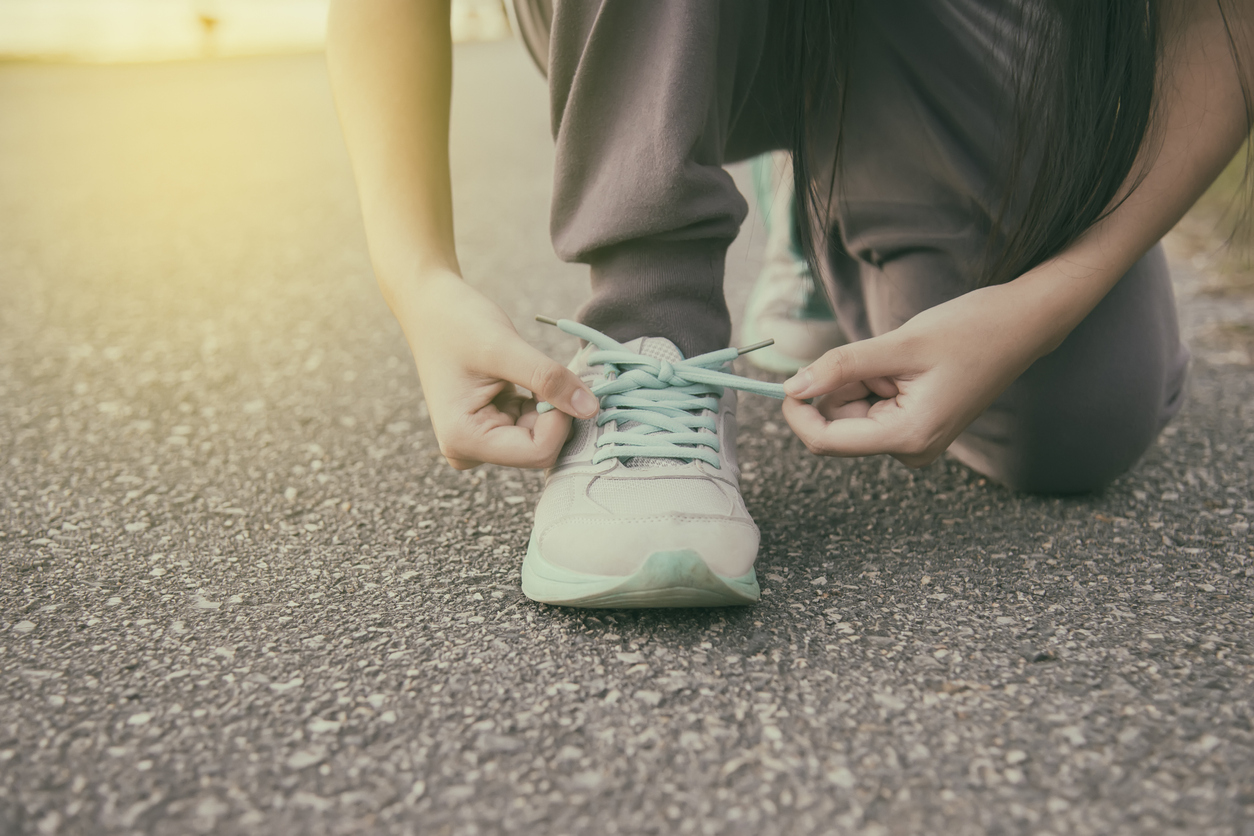Wellness
Chronic Pain and Exercise

Chronic pain can negatively affect muscle strength, breathing patterns, energy levels, and mental health. Many individuals with chronic pain have restricted movements, limited range of motion, mobility issues, or balance concerns. This often results in reduced physical activity. Chronic pain also increases the risk of becoming unable to perform daily activities, such as shopping, household chores, and taking care of personal needs.
Physical activity may be a form of treatment that allows individuals to take control of their life back. It is typically recommended as an adjunct to medication treatment. Prior to beginning a new regimen, physical activity plans should be discussed with a health care provider to avoid harm and additional pain.
Deconditioning
Studies show that lack of physical activity causes deconditioning, which may result in increased pain over time. Deconditioning causes muscles to become weaker and mobility to decrease. It occurs due to inactivity and lack of muscle use.
Benefits
Physical activity is very beneficial for most individuals with chronic pain. Benefits include, but are not limited to, the following:
- Improved joint movement
- Stronger muscles
- Less depression and anxiety
- Weight control
- Reduced pain and pain severity
- Better mobility
- Enhanced quality of life
Warm up
Warming up properly helps to prevent injury. This can be done by stretching before and after the physical activity session. Start slowly and gradually increase the amount of time spent on physical activities. If pain increases, stop and take a rest or start again the next day.
Recommended physical activities
Consult a physician or a physical therapist about which type of physical activity would be best for the specific pain condition. Take into account pain severity, fitness level, and activities enjoyed. A physical therapist can help with developing a regular plan that is not overwhelming. Examples to consider with a health care provider's advice include the following:
- Yoga
- Stretching
- Meditation
- Walking
- Swimming
- Stationary bike
- Resistance, strength, or body weight training
- Pilates
- Aerobic activity that does not cause pain, such as tennis or golf



















